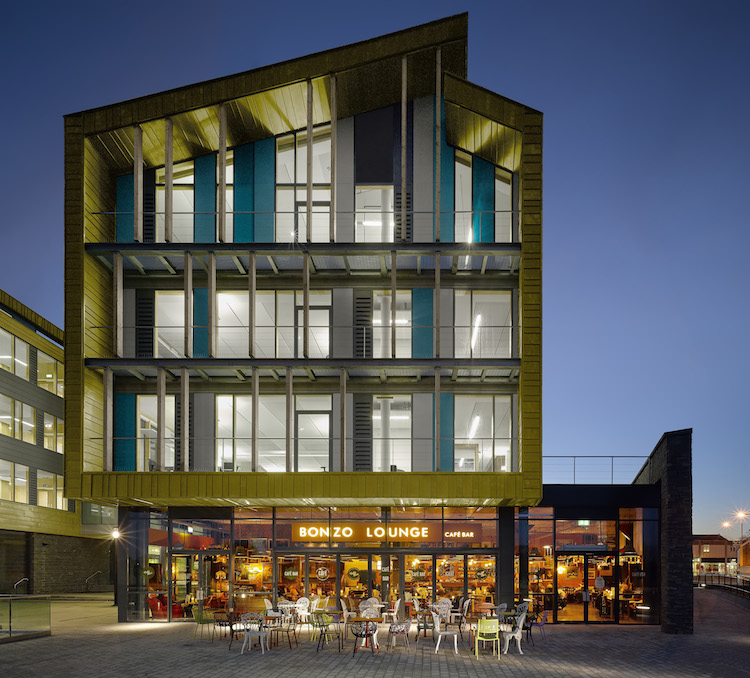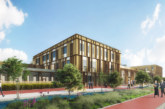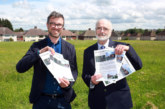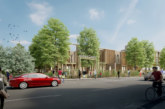Karle Burford, director at AHR, discusses how local authorities can become catalysts for growth.
Driving growth across the UK’s regions is one of the big challenges facing local and central government today. In this context, it is more important than ever that local authorities are equipped to intervene.
Following the introduction of the One Public Estate initiative and the scrapping of the Housing Revenue Account borrowing cap, local authorities are in a unique position to do this. One Public Estate has encouraged collaboration between local and central government — and has also increased the technical support local authorities can source from central Government agencies. The removal of the Housing Revenue Account borrowing cap means that local authorities can now borrow more at uniquely competitive rates.
These changes have created an environment where local authorities can stimulate growth through public-sector-led regeneration. It’s an opportunity that has arrived at a crucial time. A number of big-name retailers are struggling, and there is a fear that many town centres, once vibrant hubs of economic activity, are stagnating.
At the same time, expectations about what town and city centres should deliver are changing.
Increasingly, there is a demand for urban centres to fulfill multiple purposes, from housing to commercial office space and leisure facilities — as well as the traditional retail offering. Forward-thinking local authorities have a chance to turn this shift into something positive, taking a strategic long-term view and reimagining what towns and cities could be.

Overcoming the challenges of regeneration
Local authorities increasingly have the resources they need to take a proactive role in regeneration. However, there is a great deal of pressure to make sure maximum value for taxpayer money is delivered. As such, a great deal of scrutiny surrounds public-sector-led regeneration projects the development process involves a complicated web of stakeholders and extensive engagement is vital to make a positive change.
Local authorities are uniquely suited to leading in the field. In contrast to developers, the local authority’s primary goal is always to maximise the long-term quality and civic value of a scheme beyond its financial performance. This can help ensure stakeholder concerns about quality of public realm in urban centre regeneration projects can be effectively addressed, and canvassing is carried out with the public good in mind, rather than as a box ticking exercise.
More often than not, major regeneration schemes now include residential, commercial, public and cultural facilities. This diversity of uses means there can be no one-size-fits-all approach. Engaging with architects to develop a comprehensive masterplan is, therefore, crucial to ensuring these new multi-purpose sites fulfil their function, both now and in the years to come. This should then be supplemented by collaboration with other industry experts as the scheme develops and further details are established.
The creation of a masterplan allows architects and local authorities to analyse regeneration from a macro level, considering the current and planned uses for the area. Importantly, this can allow for a phased approach to development — with aspects of the masterplan earmarked for different project stages. This means regeneration work can begin before all parties are confirmed.
This way, the benefits of regeneration can be realised more quickly and projects can benefit from increased flexibility. It also ensures redevelopment takes note of changing working practices as well as trends in the retail sector and looks to accommodate these in the design. This results in schemes that deliver for future users and for future tenants.
Creating a sense of place
The ultimate measure of success for any regeneration project is the satisfaction of the people who use the space, and this is achieved in part by designing with a consideration for placemaking.
Placemaking is a collaborative form of design that focuses on creating environments that maximise shared value. Attractive streetscapes, a strong design identity and the incorporation of green space and public areas are all good examples of placemaking in action. However, it is about much more than this. Placemaking should encourage engaging patterns of use and deliver a future-proof environment centred around community participation.
This is demonstrated by the work AHR carried out at Keynsham Civic Centre and Library & Information Service, a mixed-use redevelopment of an outdated 1960s scheme at the heart of Keynsham town centre. From the very beginning, placemaking was incorporated into the heart of the scheme, with over 50% dedicated to new public space. Doing this allowed for the creation of space that provided a venue for markets and events in the area, something which had not been possible before. This turned the site into a destination for local people and a community hub — a key indicator of success for any regeneration project.
This particular development was driven by the council’s requirement for 68,000ft2 of new office space – and the fact that attention was given to so much more speaks volumes. The project serves as a great example the opportunity that public sector-led regeneration offers as a driver of growth in urban centres. The office space was supplemented not only by public space, but also 20,000ft2 of retail, a new library, car parking and pedestrian links. Careful thought was given to how each of these elements impacted upon the other to create an overall sense of place.
Further consideration was also given to the way the space was designed to maximise active building frontages. This included the incorporation of outside seating to connect local retailers such as Bonzo Lounge Café with the wider public and users of the square.

Lasting legacy
Thinking long-term, factoring in sustainability is essential to achieving successful regeneration projects. Building for the energy standards of the future guarantees a development’s legacy. This was achieved at Keynsham by incorporating natural ventilation and an energy-efficient cross-laminated timber.
Overall, a holistic, long-term view when undertaking a regeneration project can be a major benefit. It ensures that every aspect of the regeneration engages with the existing streetscape and the differing uses within the scheme complement each other, an essential element of successful regeneration.
The benefits of this are well established — and not only demonstrated by Keynsham’s experience. It is proven that parks increase civic trust, walkable neighbourhoods increase participation in public life and, crucially for local authorities, the aesthetic of a community affects trust in local leaders.
By considering these key details, local authorities can maximise their regenerative impact and really act as catalysts for regional growth and prosperity.









